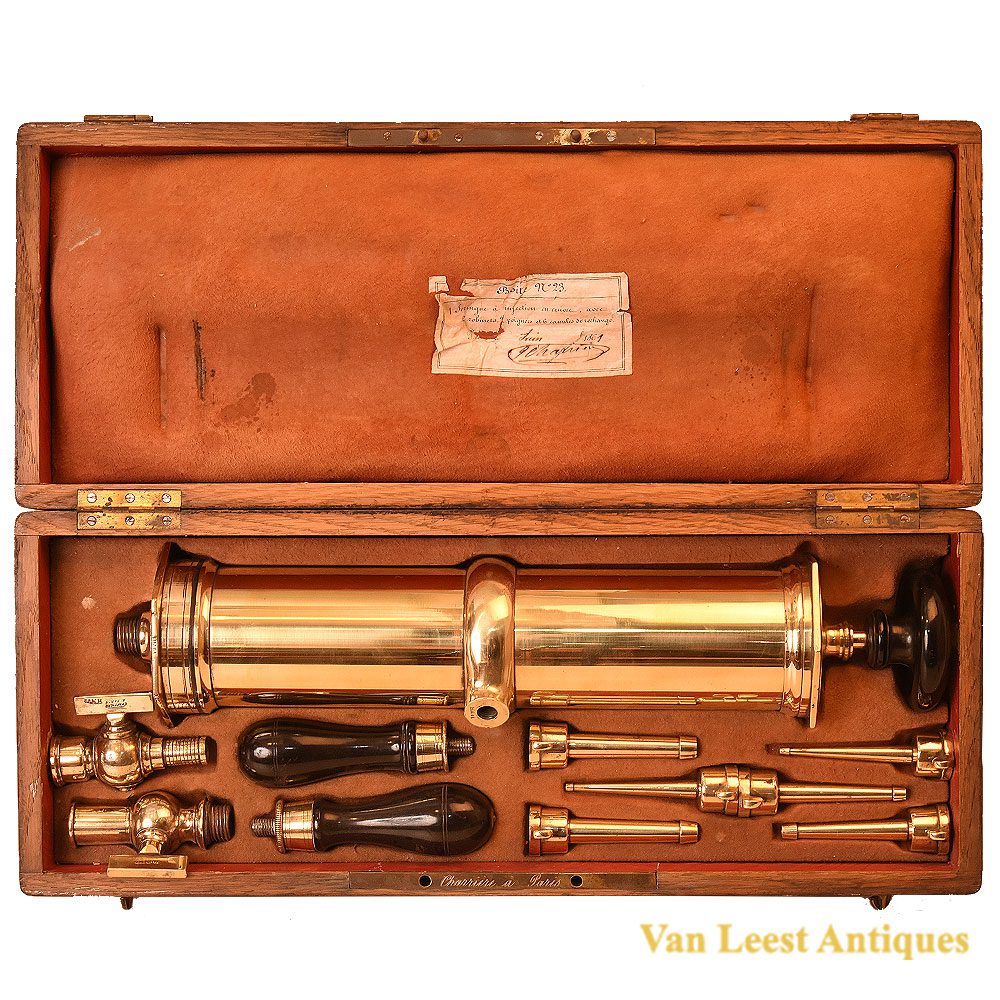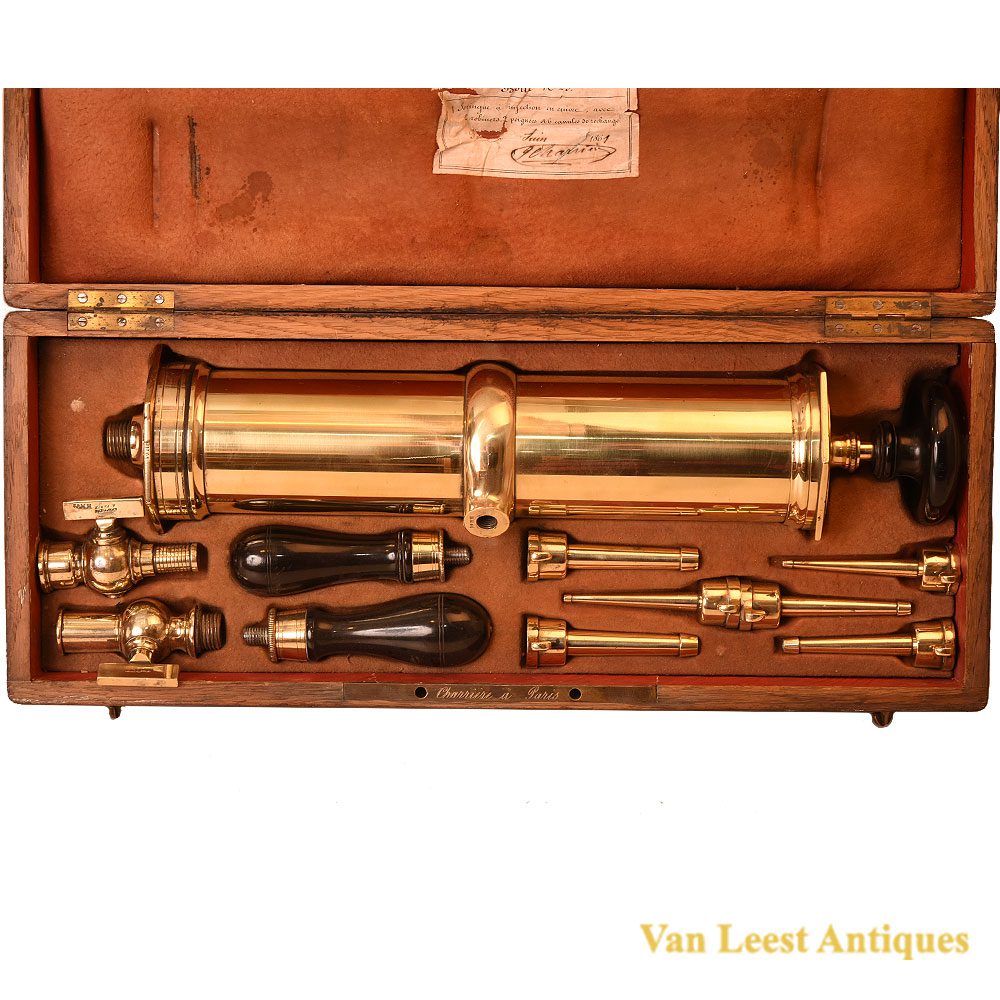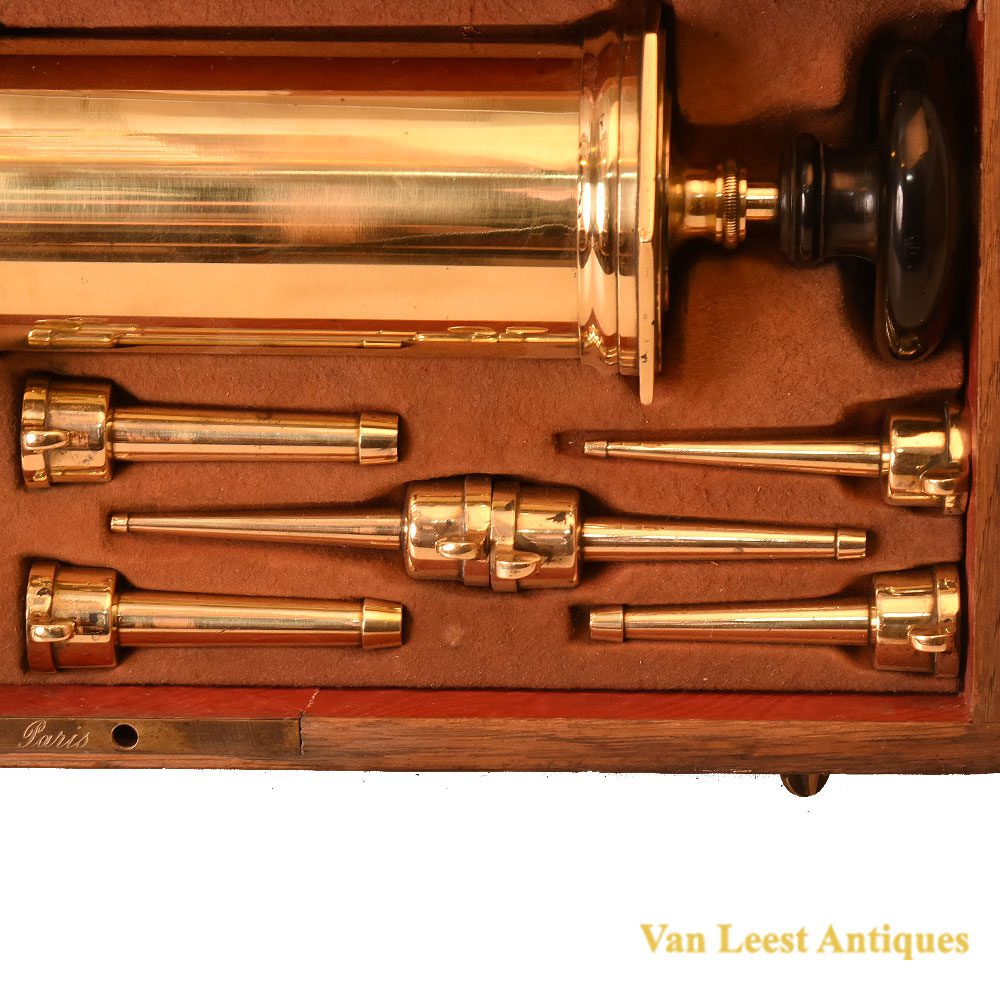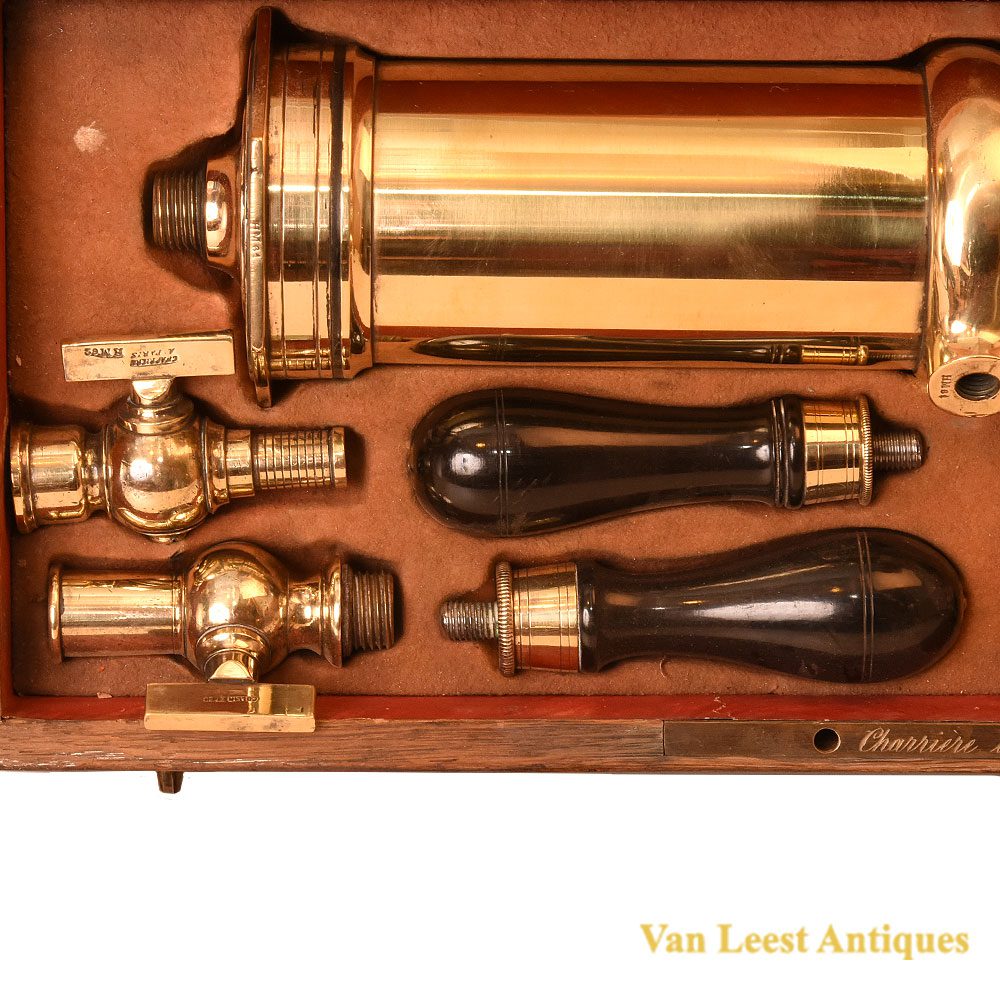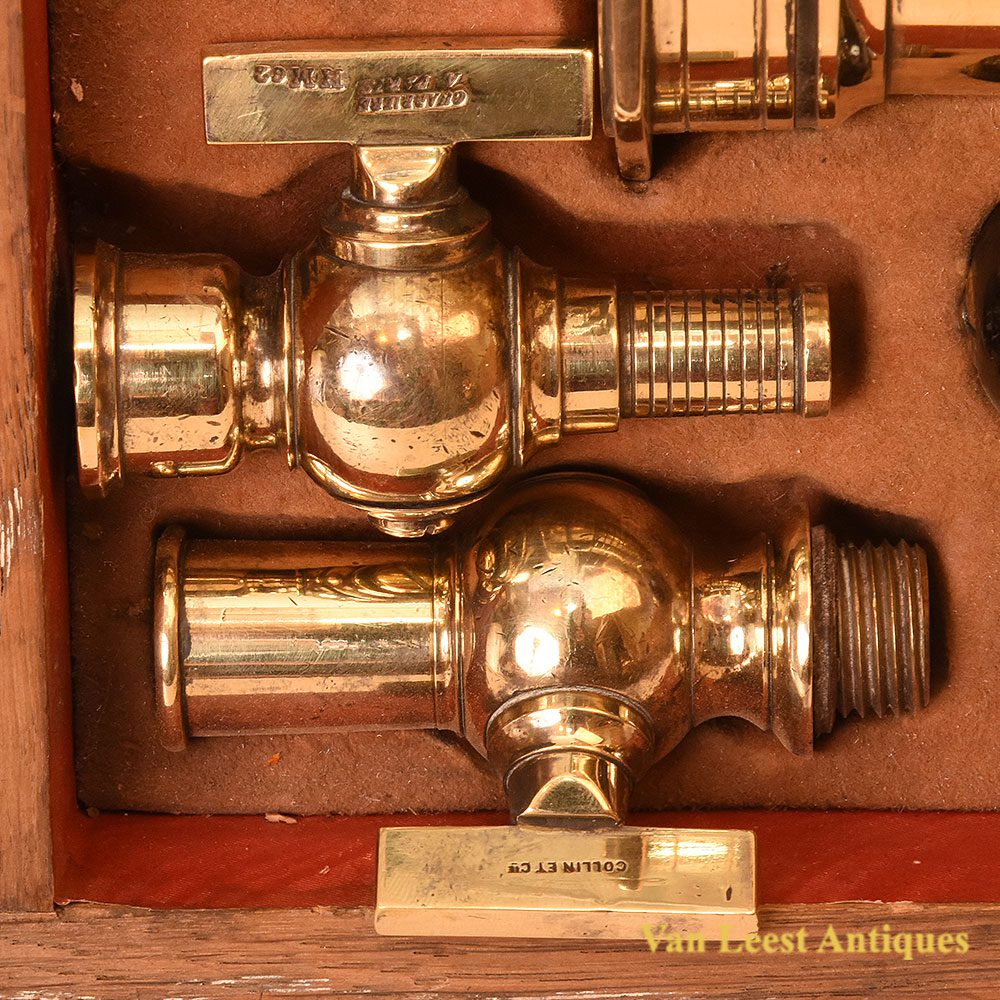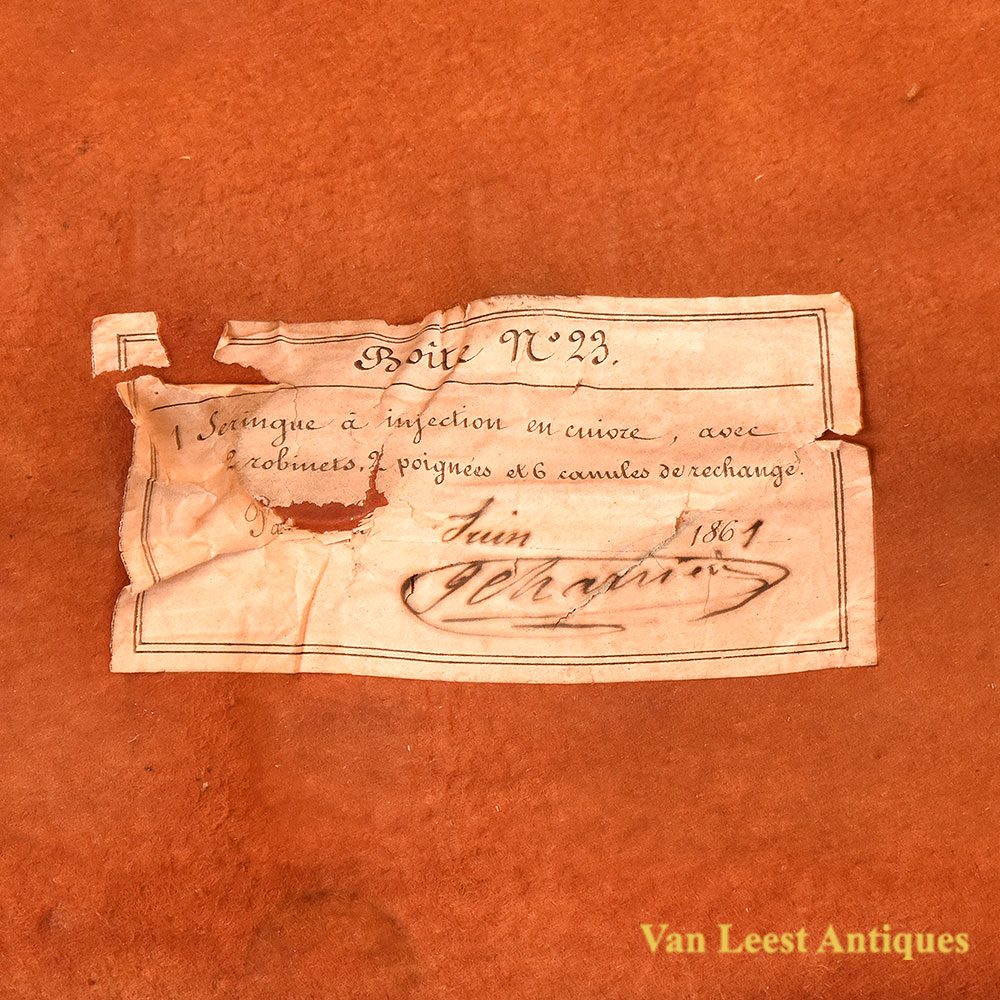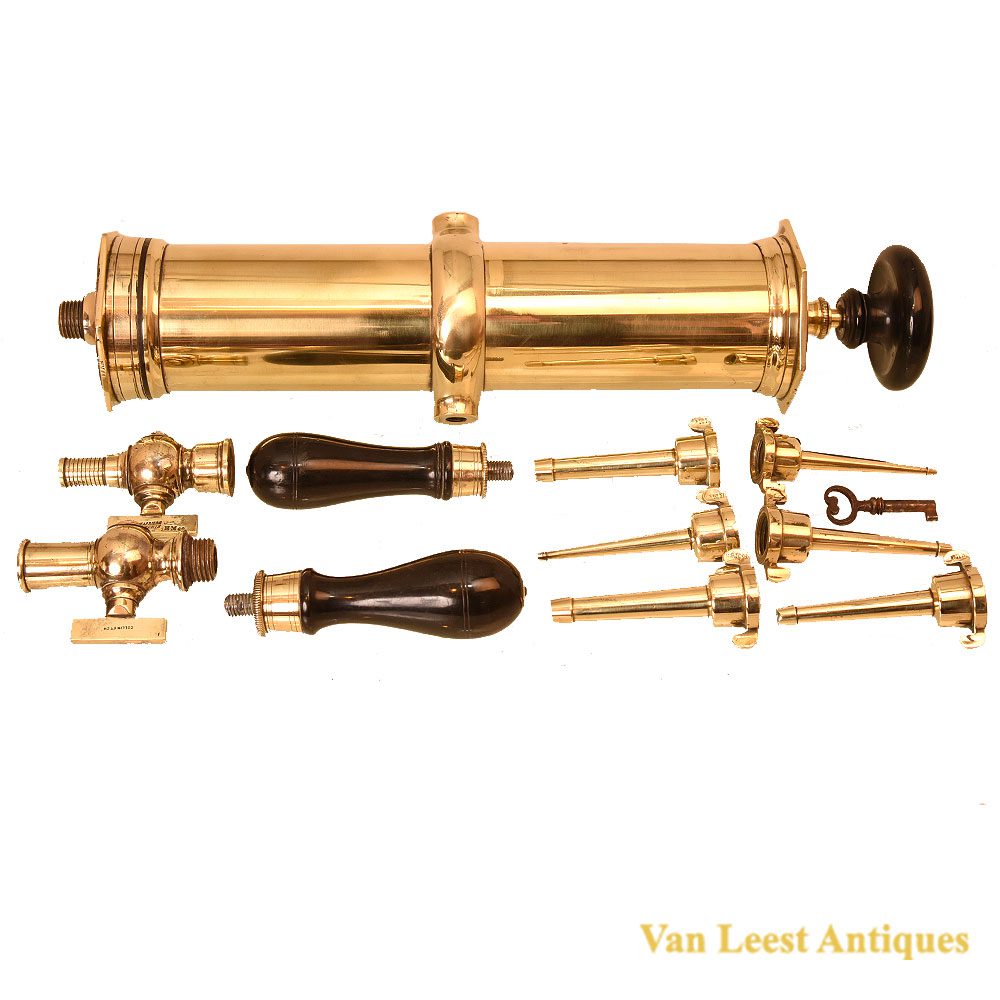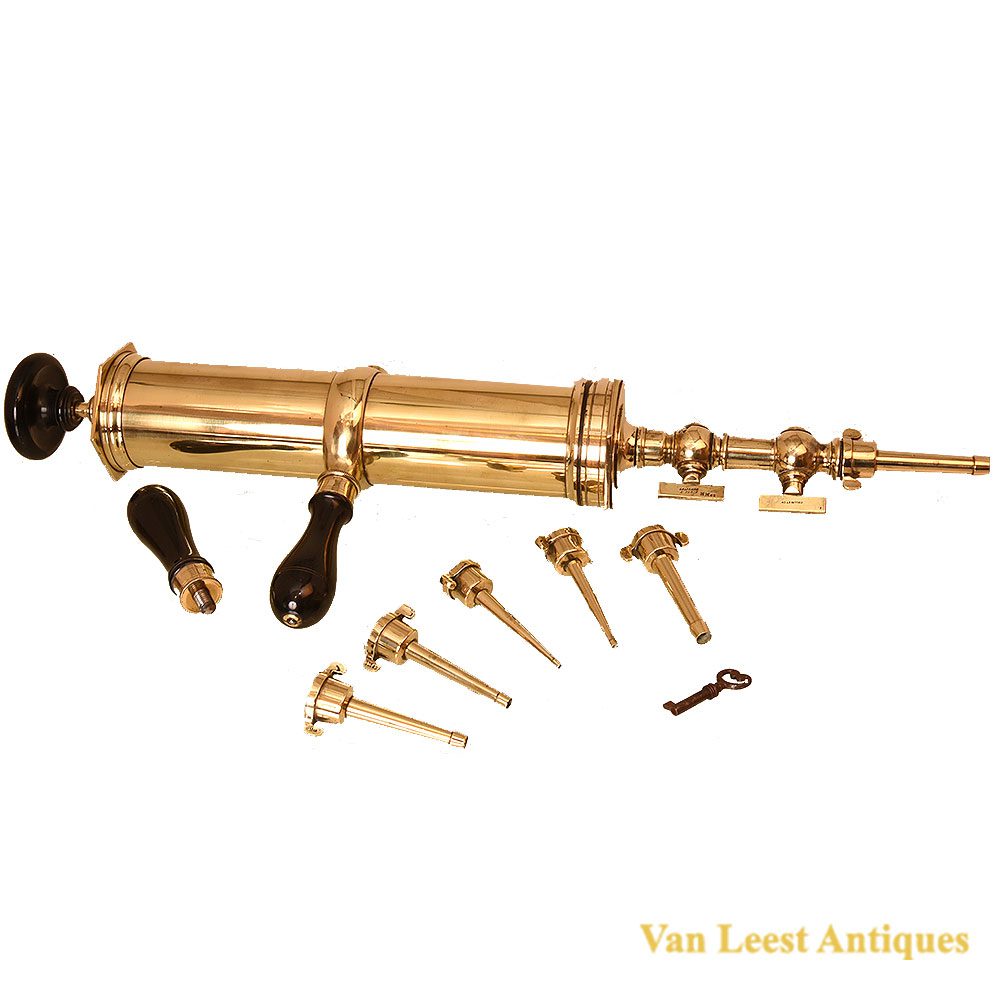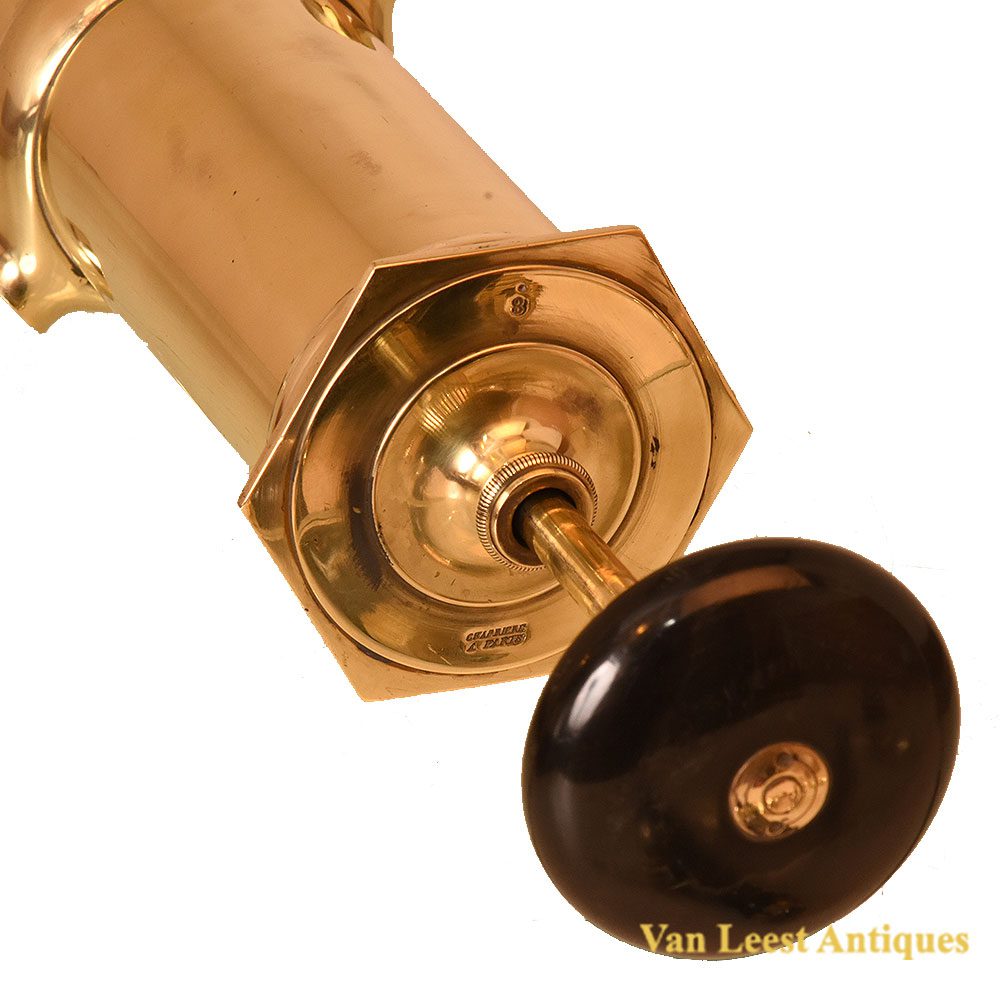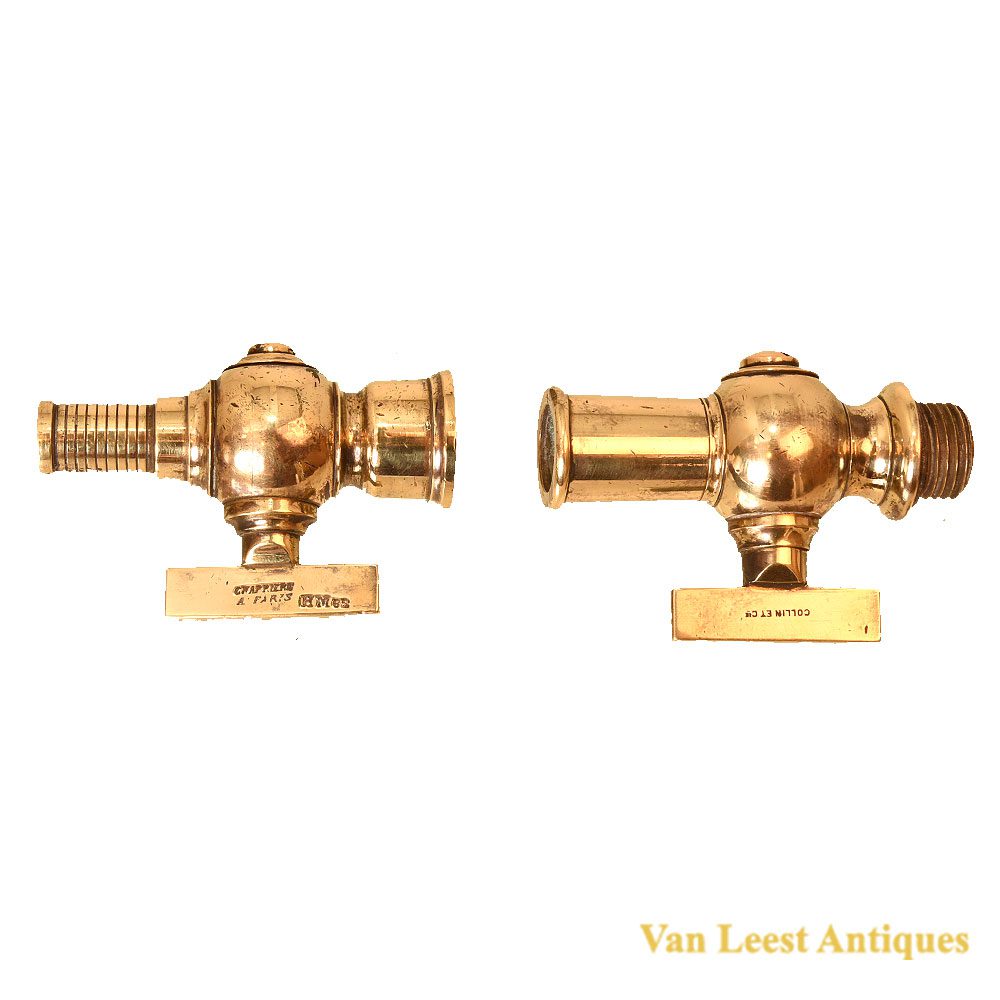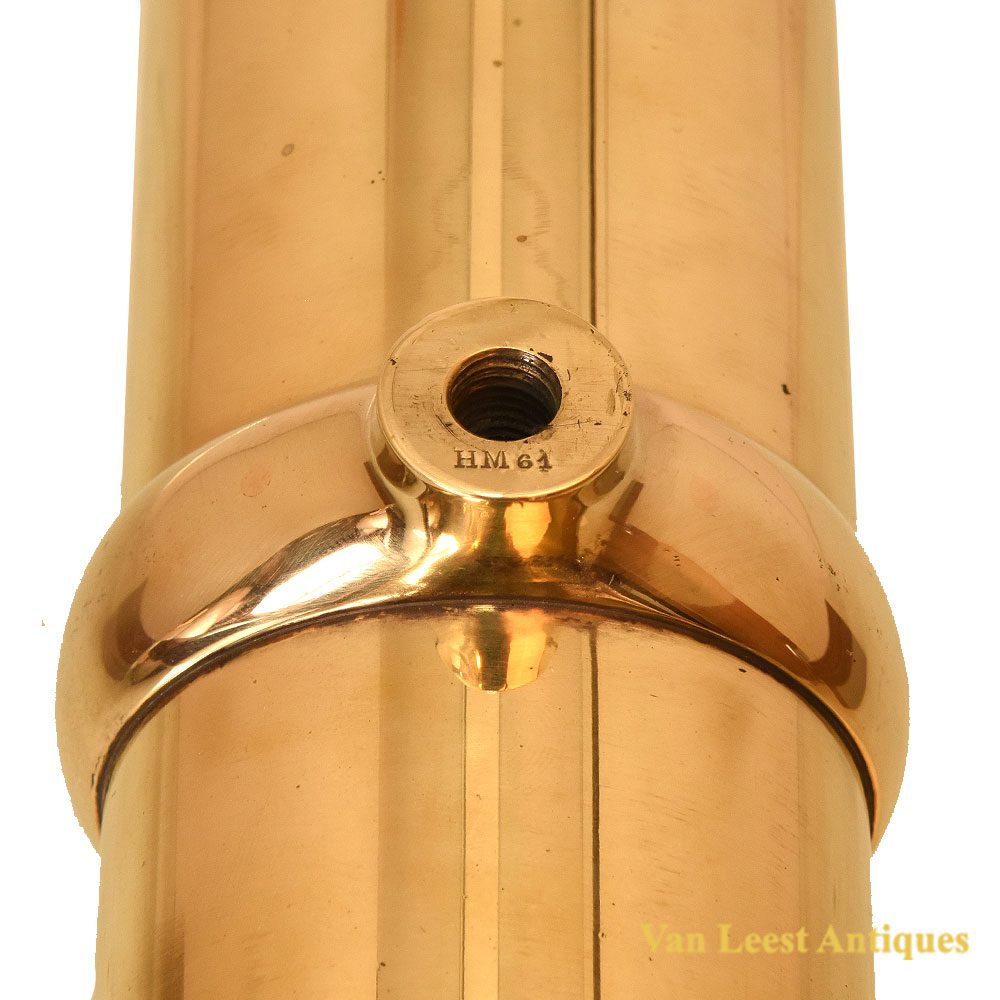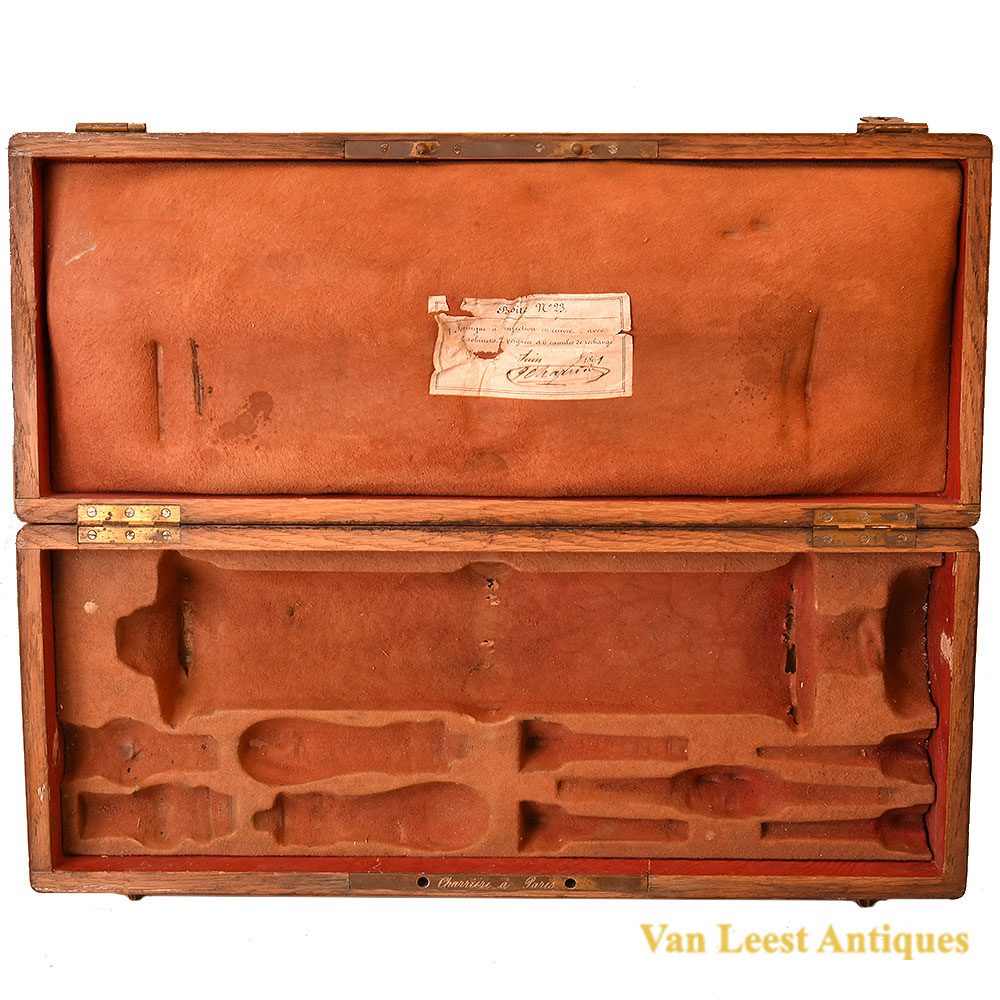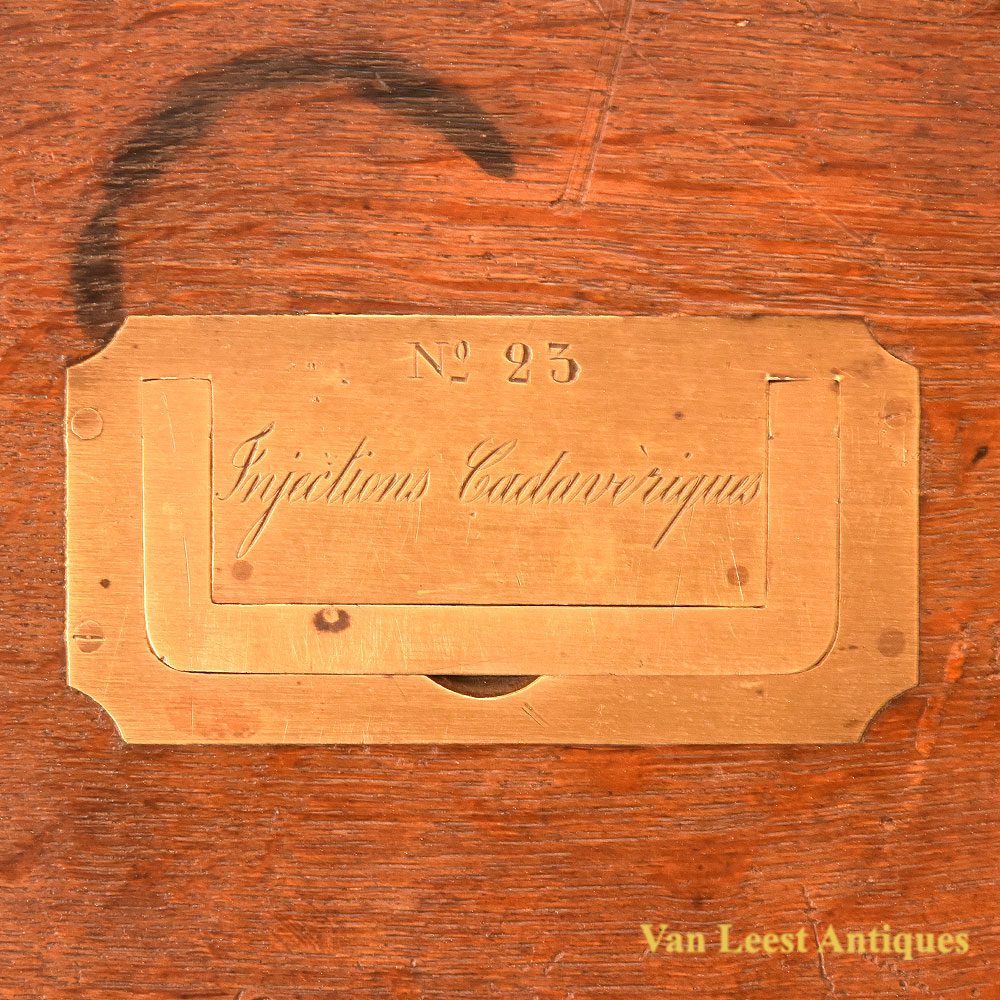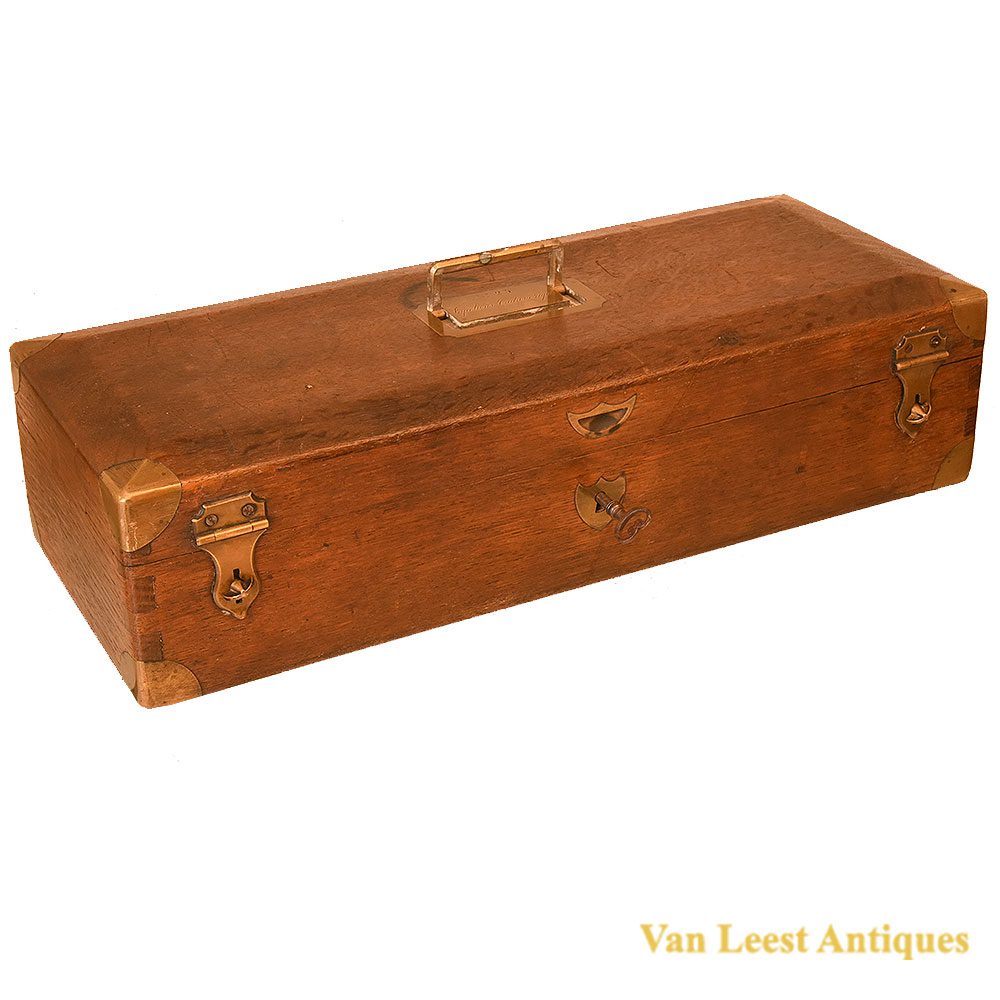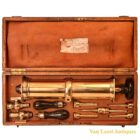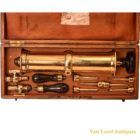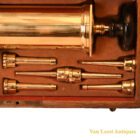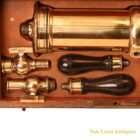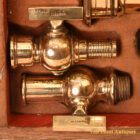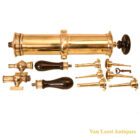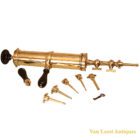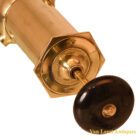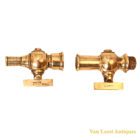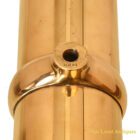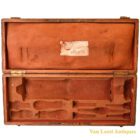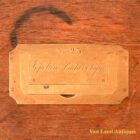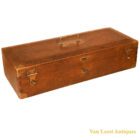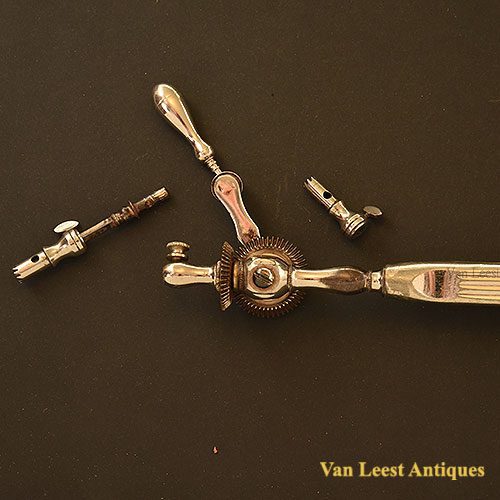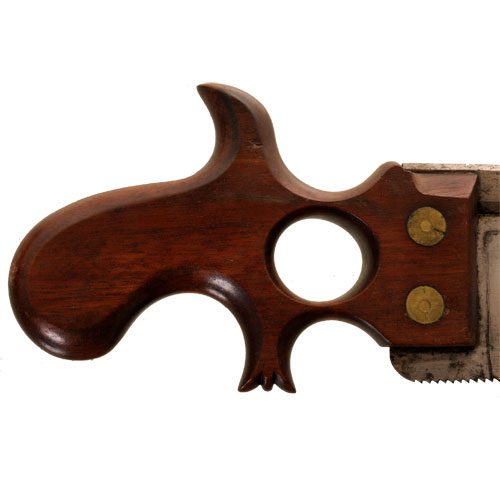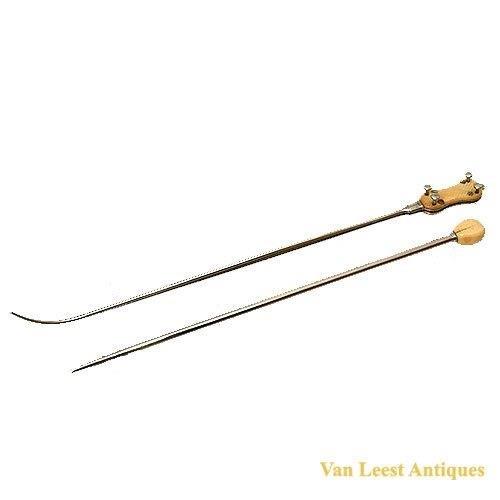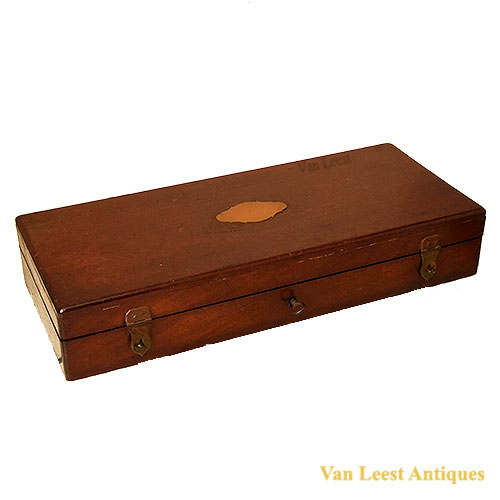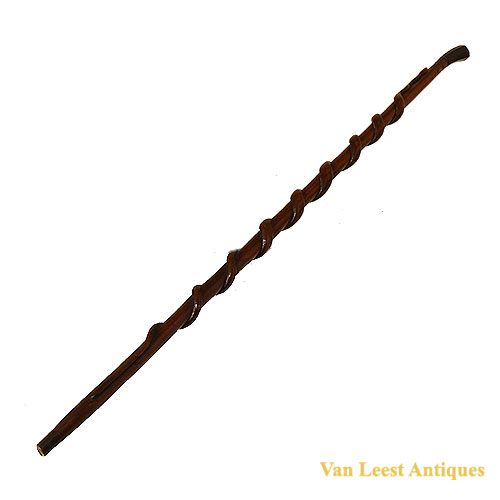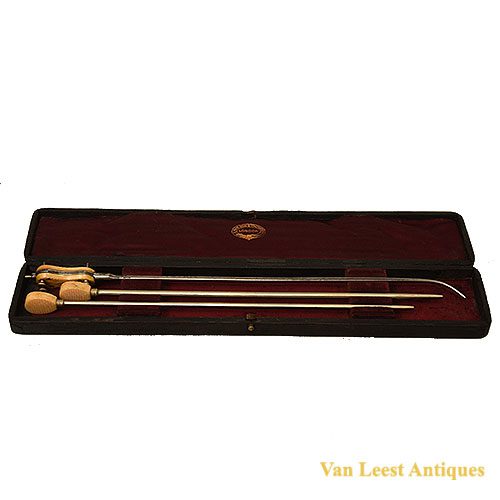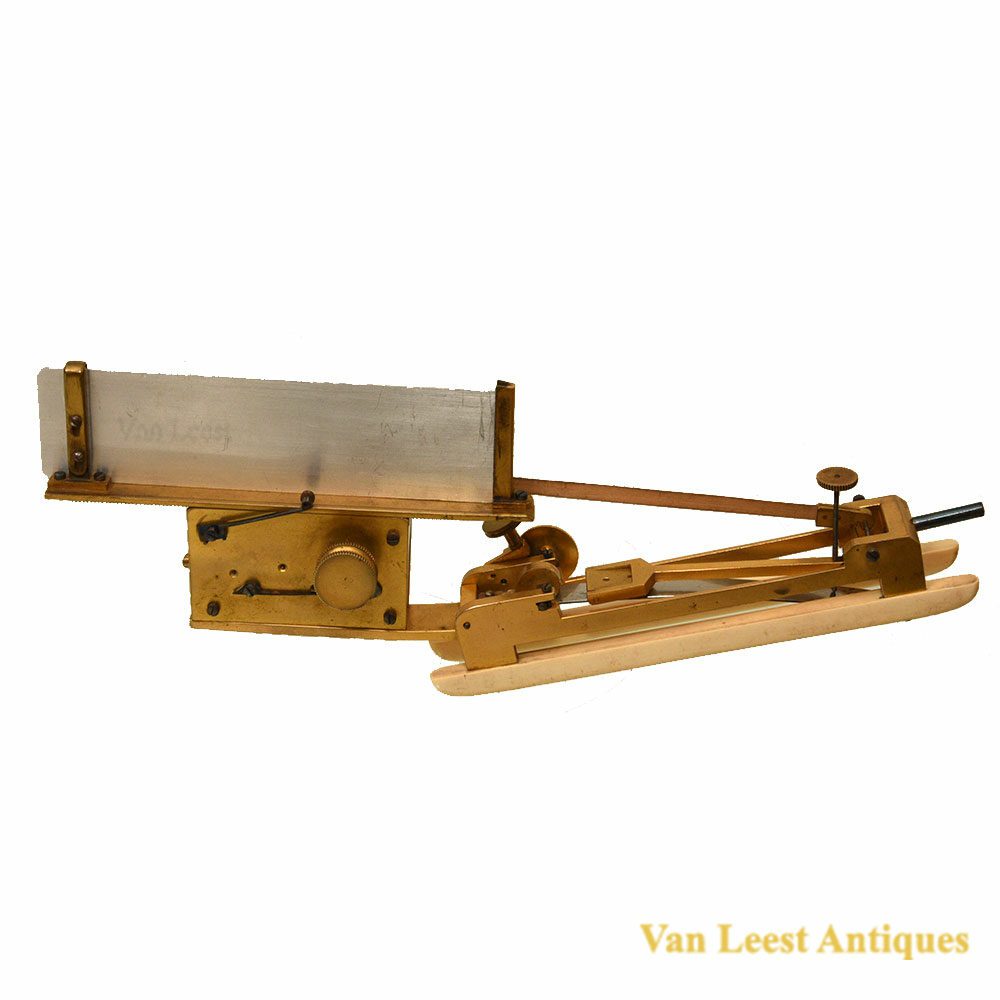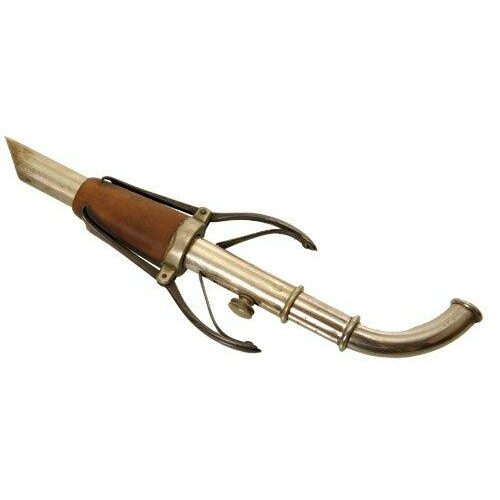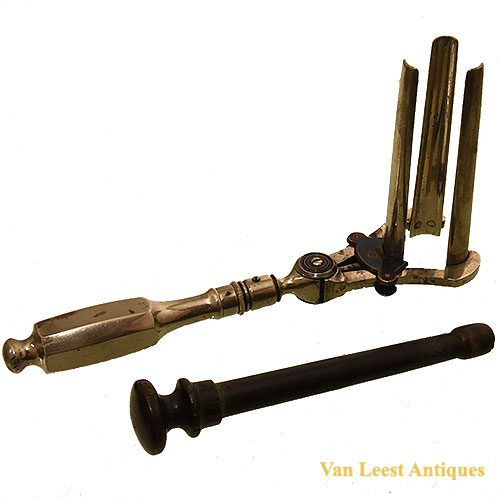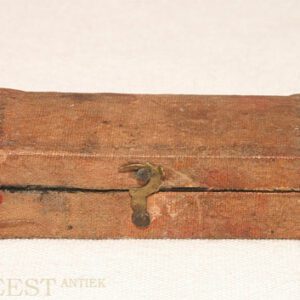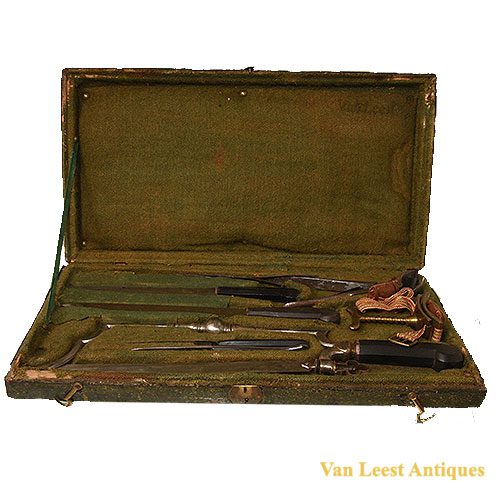Charriere Embalming set, 1861
Sold
A no. 23 set of lacquered brass Charriere embalming set in case for the conservation of the body after death in beautiful complete condition. The set comes with its original mahogany case and key, with red fabric on the inner side. The label on the inner side is personally signed by J. Charriere and is dated 1861. It states that the case contains one copper injection syringe, with two taps, 2 handles and six spare cannulae. This described content is still correct. Most of the spare parts are marked with inscriptions of Charriere and Collin, the apprentice of Charriere. The injection syringe is signed ‘hm 61’ and ‘Charriere a paris’. One of the Taps is signed ‘Charriere a Paris’ and ‘Hm 62’ and one by ‘Collin and Cie’. The six spare cannulae are signed with variations of HM62/ HM63.
Case dimensions: 43 x 7,5 x 10 cm.
About Joseph-Frédéric-Benoît Charrière
Parisian cutler Joseph-Frédéric-Benoît Charrière (1803-1876) contributed greatly to surgical disciplines with innovative tools, but his legacy is the gauge system he developed in 1842 that is still used for catheters, probes, and dilators.
Most importantly he created the catheter scale that, despite not being favoured in its country of origin, became an international standard and is known today as the French system. The classification of sounds, catheters, and bougies has undergone many variations throughout the years, but the French scale still holds in current medical practice as an accurate and nearly universal sizing tool.
Concerning urological operations, the different instruments for lithotripsy designed by Charriere have to be mentioned. Urology was an emerging discipline in the first half of the 19th century. In developing the instruments, he worked together with famous surgeons like Civiale, Segalas, Amussat, Heurteloup and Leroy d’Etiolles. The instruments were not only designed for use inside the urinary bladder. There were also instruments called ‘lithotriteurs urethraux’ which were specially designed for extracting stones from the urethra. Another instrument was called ‘lithometre’ and was used for measuring the stone size and for gaining more information about the form of the stones inside the bladder. The search for better urological instruments and improved techniques will never end.
